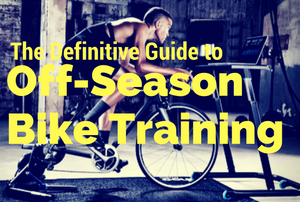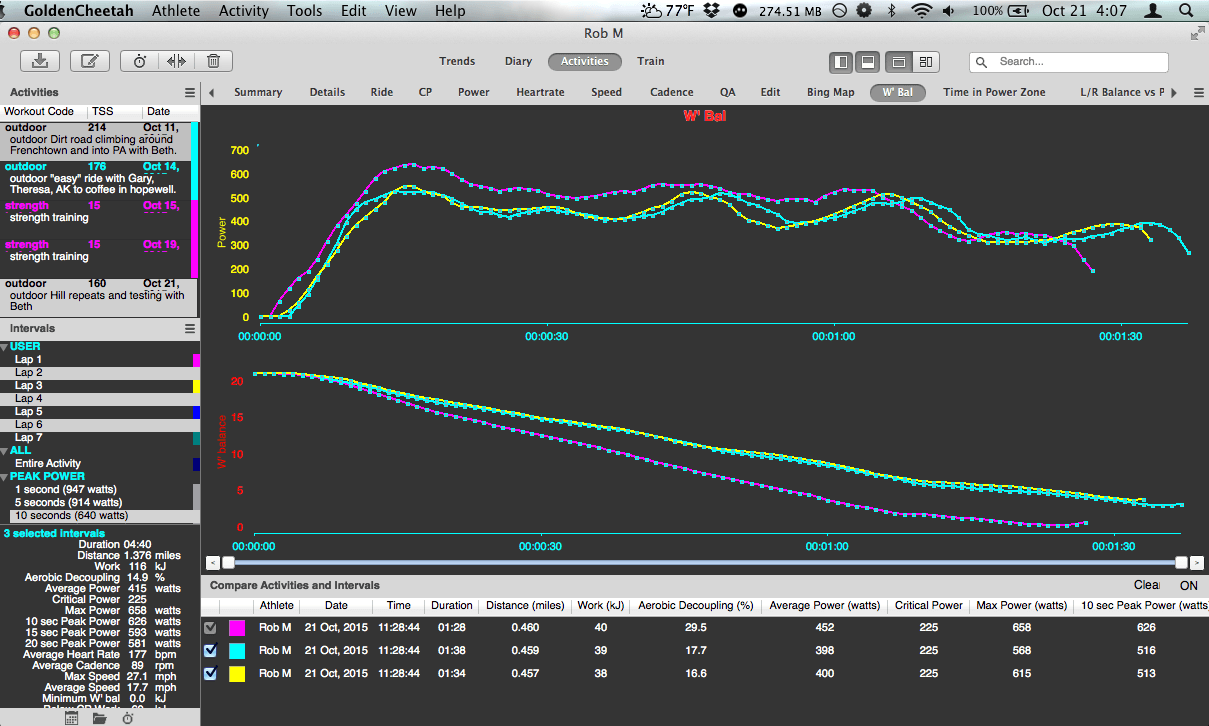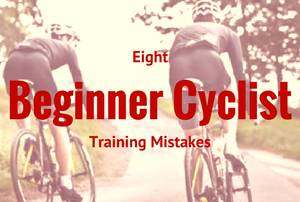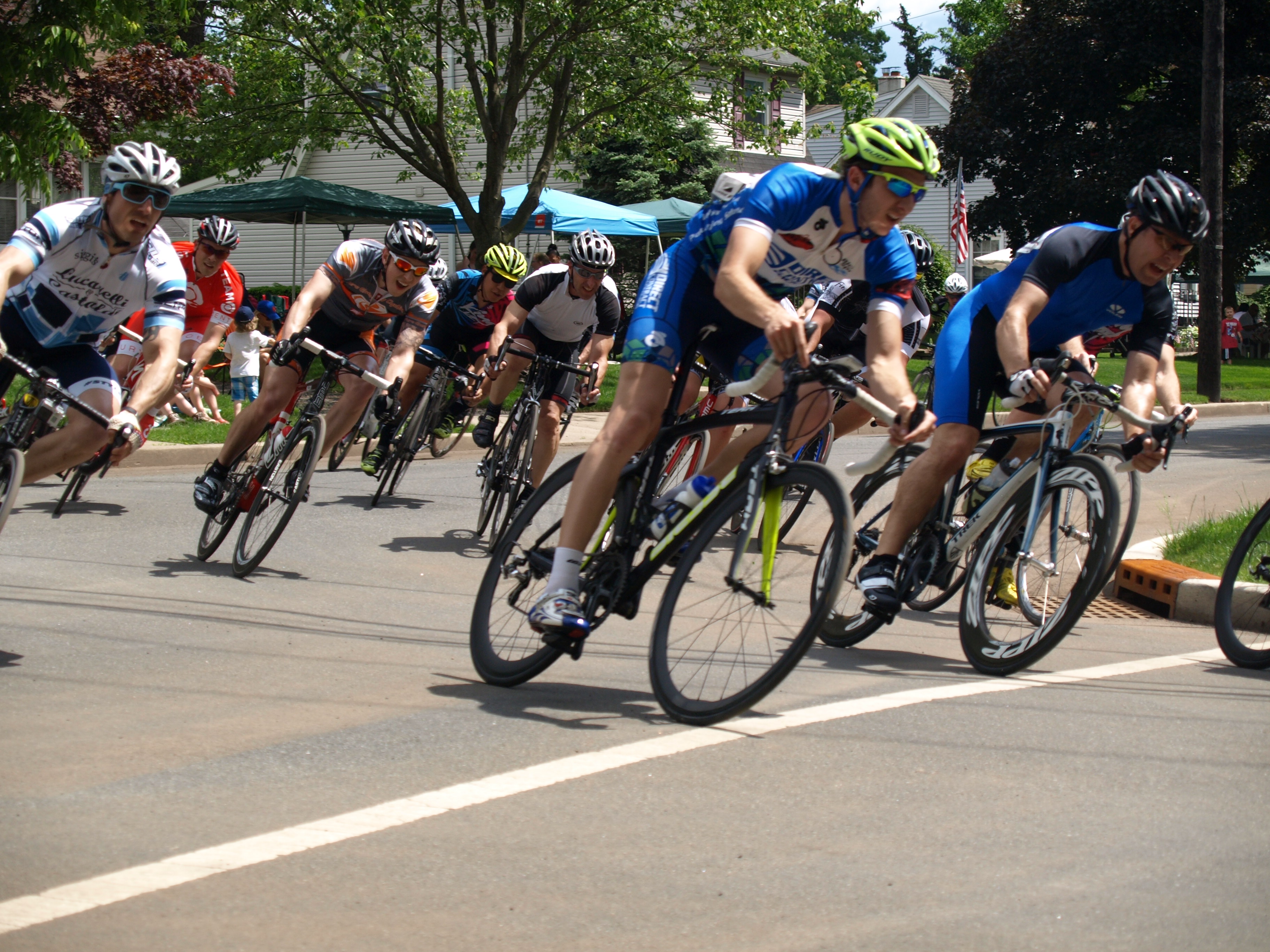
Quadrant analysis is a tool that can be found in many power analysis software packages. Programs like Golden Cheetah, Training Peaks and WKO+ offer quadrant analysis features. Learning how to read a quadrant analysis plot can teach you a lot about your training, racing and riding. Above and beyond functional threshold power, watts per kilogram and training stress score, the quadrant analysis is probably one of the most valuable charts you can find.
It allows you to see a snapshot of what kinds of efforts went into your performance. Then you can look at your training data and see if it matches up with your goal races and performance data. It doesn't come easy though: it takes some time to understand the QA plot and how to use it. Once you get it, it becomes a powerful tool in the arsenal of helping you understand your fitness.
Check out these tips to help you get the most out of your quadrant analysis plot and make your training more effective.
Continue reading “Using Quadrant Analysis to Improve Your Bike Training”

If you're a cyclist looking to improve your performance, winter is the perfect time to adjust your bike training routine for the coming season. You can get your plan for next season down and start attacking your goals and objectives early. And by starting early, you can ensure you don't panic as you get closer to your season targets.
The thing to remember is that your offseason isn't a mashup of cross training, strength training and riding. All of your training should be carefully evaluated and scheduled to maximize the effectiveness of each workout. In order to do that, you need to get your off-season preparation started NOW.
Click through the break and I'll show you how to get started on building your most effective off-season bike training program ever!
Continue reading “The Ultimate Guide To Off Season Bike Training”

I can't tell you how many times cyclists contact me and ask me to help them improve their climbing weakness, but they don't even know what climbing weakness is holding them back! Do you climb better in the saddle or out? Are you more efficient at a lower cadence or higher? Do you tend to go out too hard and burn out too quickly? Are you leaving speed on the table by being TOO conservative? These are all questions you can answer if you're willing and able to head out, do a couple of laps of your favorite climb and sit down to take a look at your data.
Let's figure out how to find your climbing weakness and correct it! Click through for my best tips on determining what's limiting your climbing capacity and a couple ways to correct it?
Continue reading “Diagnose Your Climbing Weakness”

We were all beginner cyclists at one time. There's nothing like the thrill of trying something new and seeing ourselves improve quickly. Beginners typically improve the fastest out of anyone when they start training, but they often make major training mistakes and not even know it. These training mistakes tend to limit the fitness gains beginners see and cause them to get discouraged or frustrated and even cause them to stop riding. That's a huge issue for anyone who's new to cycling.
I'll tell you something else, too. Beginners aren't the only ones who make these mistakes. Even long-time veterans to the sport can get caught out making these training mistakes that will hurt their fitness and skill progression.
In this podcast, I'll cover these big training mistakes and give you tips on how to correct them. So click through and find out if you're making these training mistakes:
Continue reading “Beginner Cyclist Training Mistakes (Podcast #64)”

Cornering is an important cycling skill to master if you're going to ride efficiently (and safely) and understanding apexes is a critical part of cornering properly. Since there's so many potential spots for error, cornering is a fine balancing act comprising a number of different forces, but everything falls into place more easily when you can learn how to cut an apex properly, and how to choose the proper apex for each corner you encounter.
Cutting an apex allows you to do a number of things more safely, including carry a higher amount of speed into each corner. Knowledge of how to properly execute different apexes will also help to keep you out of trouble with traffic, prevent panic braking and set you up for any terrain that's beyond the curve in the road (even if you can't see it.) Proper use of apexes will also foster and encourage proper cornering skills like correct weight distribution and looking through the turn to the exit point.
In this excerpt from my upcoming “corner like a pro” online course, I'll diagram different apexes and explain the nuances of each one. Click through for more information and the key points to take home:
Continue reading “Cornering: Understanding Apexes (Podcast #57)”




